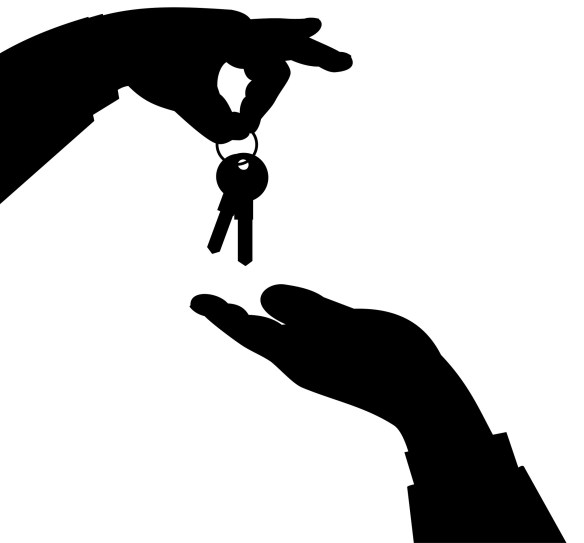 The Housing Finance Policy Center at the Urban Institute released its House Finance at a Glance Chartbook for December. It states that financial education “can help reduce barriers to homeownership.” As I argue below, I do not think that financial education is the right thing to emphasize when trying to get people to enter the housing market.
The Housing Finance Policy Center at the Urban Institute released its House Finance at a Glance Chartbook for December. It states that financial education “can help reduce barriers to homeownership.” As I argue below, I do not think that financial education is the right thing to emphasize when trying to get people to enter the housing market.
The Introduction makes the case for financial education:
While mortgage debt has been stable to marginally increasing, other types of debt, particularly auto and student loan debt have increased far more rapidly. Our calculations, based on The Federal Reserve Bank of New York’s Quarterly Report on Household Debt and Credit, show that over the past 5 years (Q3 2012 to Q3 2017), mortgage debt outstanding has grown at an annualized rate of 1.3 percent, while non-mortgage debt (which includes credit card debt, student loan debt, auto debt, and other debt) has grown by 6.8 percent annualized rate. Student loan debt has grown by 7.3 percent per year while auto debt has been growing by 9.6 percent per year. In Q3 2012, the number of accounts for mortgage loans and auto loans are very close (84 million vs 82 million). By Q3 2017, the number of accounts for mortgages had fallen to 80 million consistent with declining homeownership rate, while the number of accounts for auto loans had increased to 110 million.
Another metric where auto loans have diverged from mortgages is delinquency rates. Over the past 5 years, mortgage delinquencies have plummeted (pages 22 and 29) while the percent of auto loans that is more than 90 days late is roughly flat despite an improving economy. However, the percent of auto loans transitioning into serious delinquency has risen from 1.52 percent in Q3 2012 to 2.36 percent in Q3 2017. While these numbers remain small, the growth bears monitoring.
When we looked at the distribution of credit scores for new auto origination and new mortgage origination, we found no major change in either loan category; while mortgage credit scores are skewed higher, the distribution of mortgage credit scores (page 17) and the distribution of auto credit scores have been roughly consistent over the period. Our calculations based off NY Fed data shows the percent of auto loan origination balances with FICOs under 660 was 35.9% in Q3, 2012, it is now 31.7%; similarly the percent of auto origination with balances under 620 has contracted from 22.7 percent to 19.6 percent. There have been absolutely more auto loans with low FICOs originated, but this is because of the increased overall volume.
So what might explain the differences in trends in the delinquency rate and loan growth between these two asset classes? A good part of the story (in addition to tight mortgage credit) is that many potential low- and moderate-income borrowers do not believe they can get a mortgage. As a result, many don’t even bother to apply. We showed in our recently released report on Barriers to Accessing Homeownership that survey after survey shows that borrowers think they need far bigger down payments than they actually do. And there are many down payment assistance programs available. Moreover, it is still less expensive at the national level to own than to rent. This suggests that many LMI borrowers who are shying away from applying for a mortgage could benefit from financial education; with a better grasp of down payment facts and assistance opportunities, many of these families could be motivated to apply for mortgages and have the opportunity to build wealth. (5)
I am not sure if financial education is the whole answer here. Employment instability as well as generalized financial insecurity may be playing a bigger role in home purchases than in car purchases. The longer time horizon as well as the more serious consequences of a default with homeownership may be keeping people from stepping into the housing market. This is particularly true if renters have visions in their heads of family members or friends suffering during the long and lingering foreclosure crisis.







